When people hear the word “desert”, they think of scorching heat, an extremely hot atmosphere, and unbearable temperatures all around. But the actual truth is that the condition of a dessert is directly controlled by the precipitation that it receives. Deserts and their condition are driven by factors that can also make them chillingly cold at times! But this is a fact that isn’t known by a lot of people. It is important to note that these deserts are ranked solely based on their size and how much area they cover, including both hot and cold deserts on the list.
Here are the top 5 largest deserts in the world. The conditions of these desserts, the environment they exist within, along with reasons for their size and enormity, are present here.
- Antarctic Desert
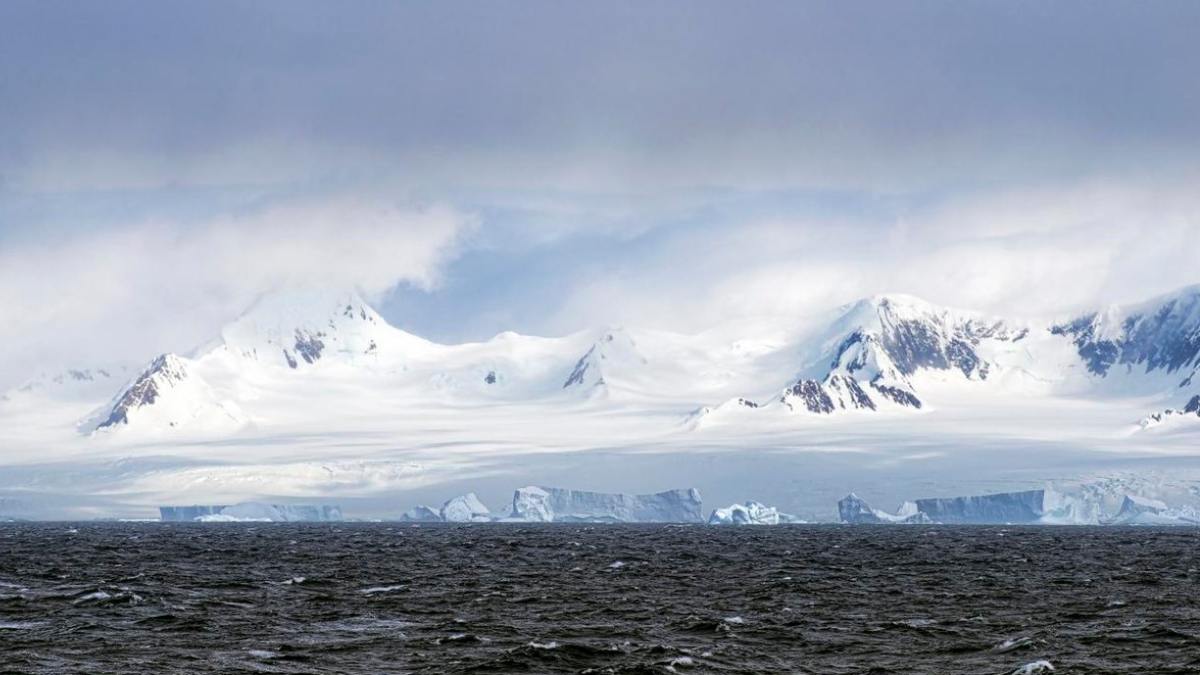
Antarctic is the largest desert in the world. It is located on the continent of Antarctica. Now, the first thing on everybody’s mind would be, why is Antarctica, covered with ice be considered a desert? Antarctic is considered a polar desert because of the extreme conditions of snow and ice. The lack of moisture and low perspiration make it qualify as a desert.
The precipitation received by Antarctic is 50 mm only in the form of snowfall. The total area of the Antarctic desert is 14.2 million square kilometers. Despite the harsh conditions and the thick ice sheet formed as barriers, it continues to support the ecosystem along with plants and animals, which can adapt to these extreme cold conditions.
- Arctic Desert
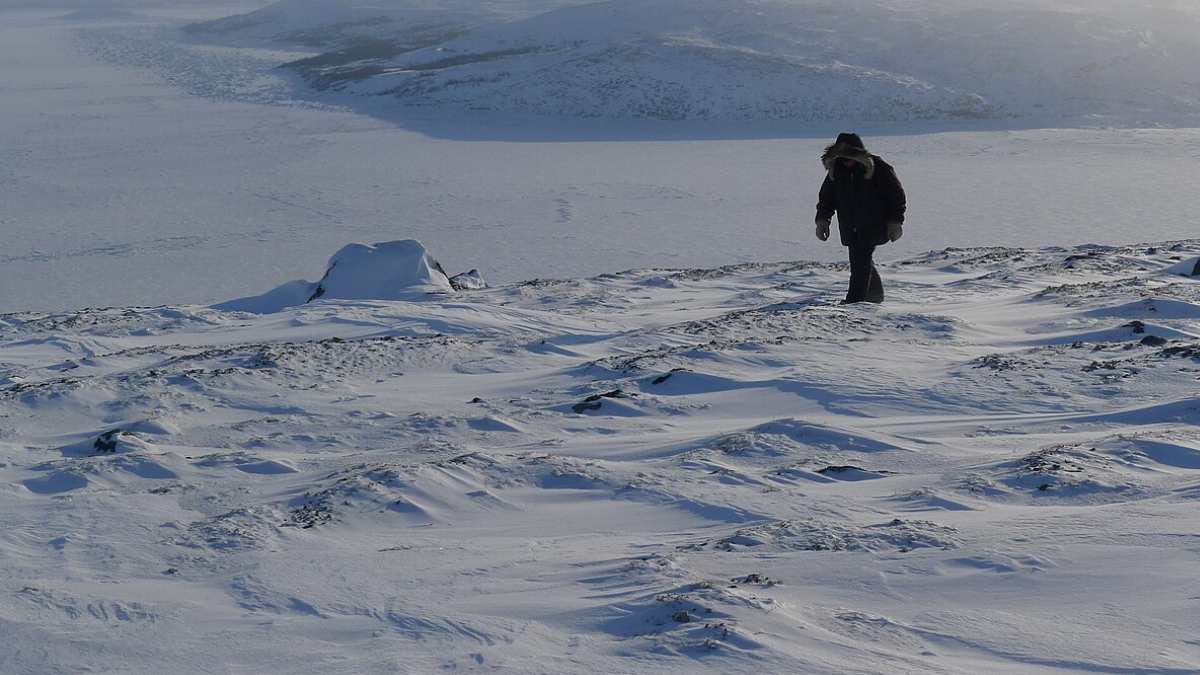
The Arctic Desert continues to have the characteristics of the Antarctic Desert. It is extremely cold with little to no precipitation, making it the second largest desert in the world. It is approximately 13.9 million square kilometers in size. Out of the total area, only 5 percent is covered in vegetation. The Arctic Desert comprises areas of Canada, Russia, the USA, Finland, Norway, Sweden, Greenland, and Iceland. The desert is in complete darkness for an entire day and complete sunlight for a day, owing to the tilt of the Earth. The ice of the Arctic desert constitutes up to 10 percent of the fresh water of the world.
- Sahara Desert
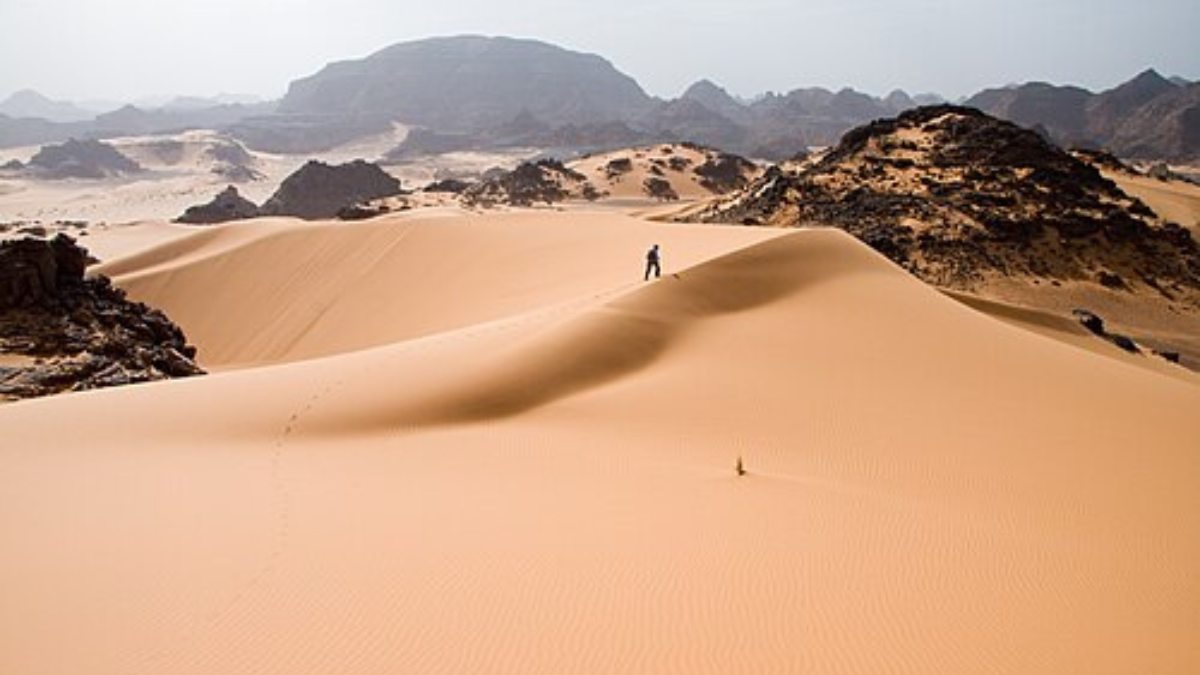
The Sahara Desert has an area of approximately 9,200,000 square kilometres. It is the third-largest desert in the world, but it's the largest hot desert in the world. It is the hottest desert in the world, in terms of temperature as well with a mean average temperature being 30 degrees Celsius. During summer, the temperature can reach up to 47 degrees Celsius. It receives less than even 1 inch of rain, making it dry and drought-ridden. It is interesting to imagine that the Sahara Desert covers the same area as China! There are almost 20 lakes in the desert. There are over 2 million people residing in the Sahara Desert. Most of them are nomads who do not permanently reside in the desert, but rather keep moving based on the temperature and living conditions of the desert. Another interesting thing to note about the Sahara Desert is that it wasn’t always this dry and hot. Approximately 5000 years ago, the desert was lush green with plants and greenery growing on it!
- Great Australian Desert
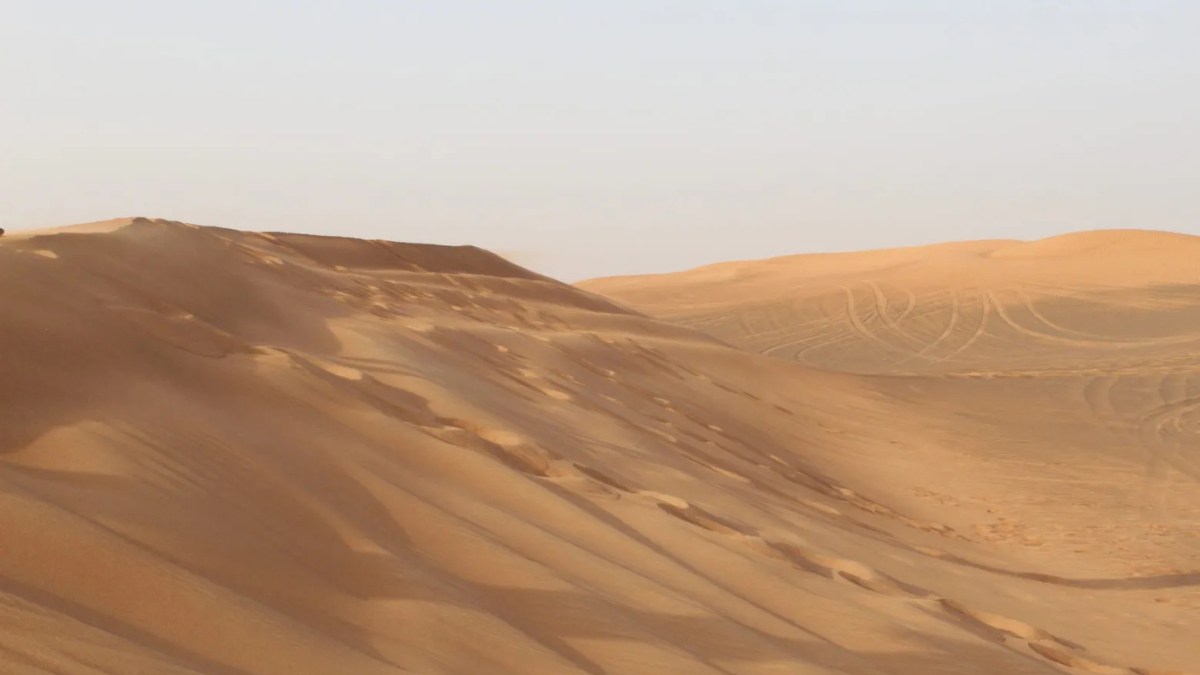
The Great Australian Desert refers to the regions of central and west Australia, including Great Sandy Desert, Great Victoria Desert and Simpson Desert. Indigenuos Australians are the inhabitants of these deserts who are immune to the harsh, hot conditions of this place. It covers up almost 18 percent of the mainland, 1,371,000 square kilometers in size.
- Arabian Desert
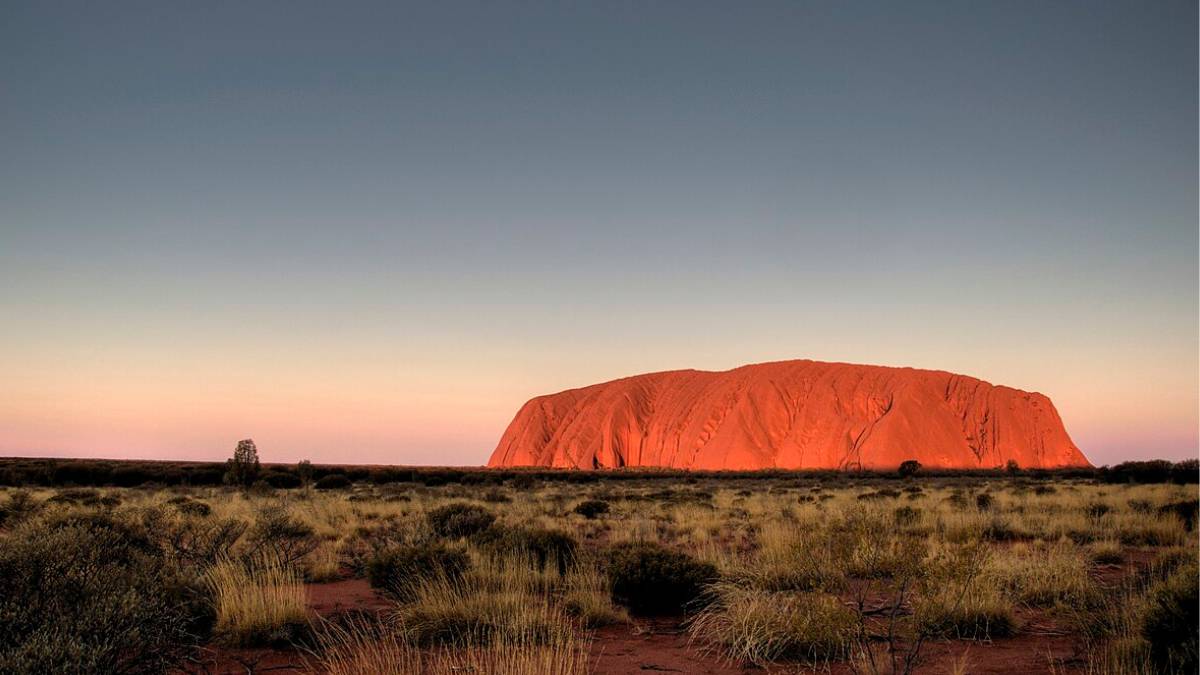
The Arabian Desert is located in Saudi Arabia. The size of the desert is 2,330,000 square kilometers. This desert acts like an extension of the Sahara desert over the Arabian peninsula. The mean temperature remains at 40 degree celsius with an increase by 7 percent in extremely hot summer days.
Comments
All Comments (0)
Join the conversation